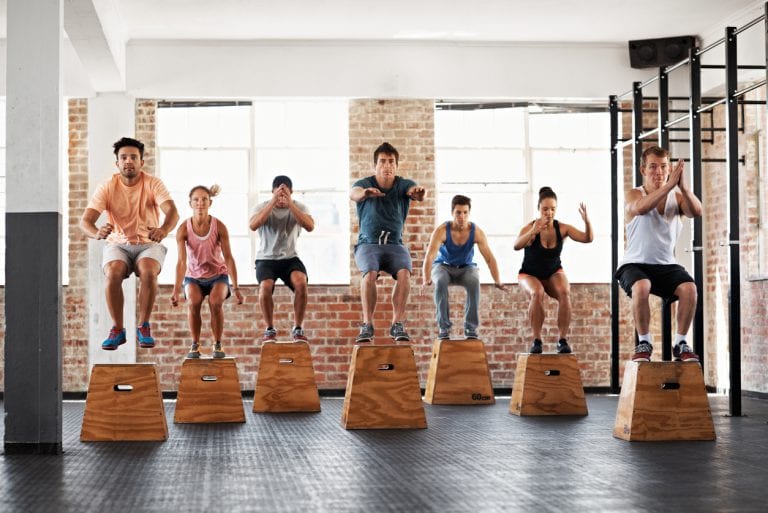Avoiding Injury from High Intensity Interval Training
April 25, 2021

High-intensity intermittent (interval) training, or HIIT takes a given form of exercise like running or biking and intensifies it—but only in short bursts punctuated by periods of rest.
During periods of intensity, people exercise at the highest capacity they can during that brief time.
Why Choose HIIT?
HIIT appeals to many people for the simple reason that it fits into their busy schedules. Not only will the entire workout be short (just 30 minutes is standard) — you also can push yourself, knowing that a rest period is just moments away.
Instead of spending an hour or more at a steady pace with only a moderate level of intensity, HIIT adds intervals in which you exercise for a short burst before resting for a brief time. A general rule is to push yourself for 30 seconds, then rest for 30 seconds.
This method helps you burn more calories in less time when compared to other workouts that use the “slow and steady” method. It also keeps your metabolism charged for up to 24 hours post-workout.
This boost to metabolism is another reason why HIIT is so appealing: you’ll likely see results more quickly than with conventional exercise routines.
How to Avoid a HIIT Exercise Injury
Are you someone who jumps in “full-throttle” when you’ve found a new workout? While enthusiasm is helpful to stay on track, doing too much too soon with any exercise routine can lead to injury and prevent you from advancing.
Although there is nothing slow and steady about a HIIT workout, we encourage you to take your time learning this new routine and always “listen” to your body.
One recommended approach is starting your HIIT routine with a familiar exercise. You can ramp up the pace and push yourself beyond your former comfort zone as you swim laps or sprint around the track, for example.
If you’re already experienced in running, swimming, cycling, or rowing, challenge yourself to take it to the next level in short spurts! Just don’t make every single workout a HIIT workout. Aim for about three HIIT workouts a week, working in others at a more moderate or gentle pace.
The equation changes a bit if you are trying an unfamiliar exercise. Instead of jumping in immediately and applying HIIT, focus on learning the techniques and proper form of the new exercise first. When you can easily do the exercise at a moderate pace, that’s the time to bump it up a bit and add HIIT.
Though sheer intensity is a hallmark of HIIT, don’t overdo it. Make sure that you take those breaks after the intense sessions. Also, don’t be afraid to stop exercising entirely during the rest periods if your body is urging you to do so.
Eating for HIIT
Learning what to eat after a HIIT workout is also important. You aren’t training for an endurance event, so your body needs to focus on getting hydrated first.
Rather than squeezing in your protein immediately after a HIIT workout, think about ways you can consume protein-rich foods throughout the day. This can include anything from nuts and seeds to dairy, seafood, and leafy greens.
If you suffer a sprained ankle, pulled muscle or another workout-related injury, visit an urgent care center near you to get help from an experienced healthcare professional.
